Forecast of further interest rate cuts
On June 19, the State Bank of Vietnam (SBV) reduced its operating interest rates for the fourth consecutive time in four months, with a 50 percentage point reduction for three key interest rates. The SBV reduced each operating interest rate by about 150-200 points. The rediscount rate was adjusted from 4.5% to 3%. The refinancing rate was reduced from 6% to 4.5% and the interbank overnight rate from 7% to 5%.
However, in a report by HSBC on June 19, the bank expects that the SBV will conduct another 50 basis point interest rate cut in the easing cycle, possibly in the third quarter of 2023 to further support economic growth.
According to HSBC, the SBV’s decision to cut interest rates clearly reflects the urgency in supporting growth through the credit channel. This is the next move to reduce the cost of capital for businesses and households, thereby encouraging the business environment and supporting consumer sentiment.
HSBC believes that 2023 will be a difficult year for the Vietnamese economy, after witnessing the growth rate in the first quarter of 2023 decrease sharply to 3.3% compared to the same period last year.
Slowing external data remains the biggest risk to growth, HSBC said. Year-to-date exports have fallen more than 10% year-on-year, with weakness across a range of sectors. Shipments to the US, Vietnam’s largest export destination with a 30% market share, have fallen nearly 20% year-to-date.
Commenting on HSBC’s forecast of another interest rate cut, Mr. Vicente Nguyen, Chief Investment Officer (CIO) of AFC Vietnam Fund, said that if the State Bank of Vietnam further reduces interest rates, it is reasonable and good for the economy. However, this expert said that it would be more effective if combined with other measures.
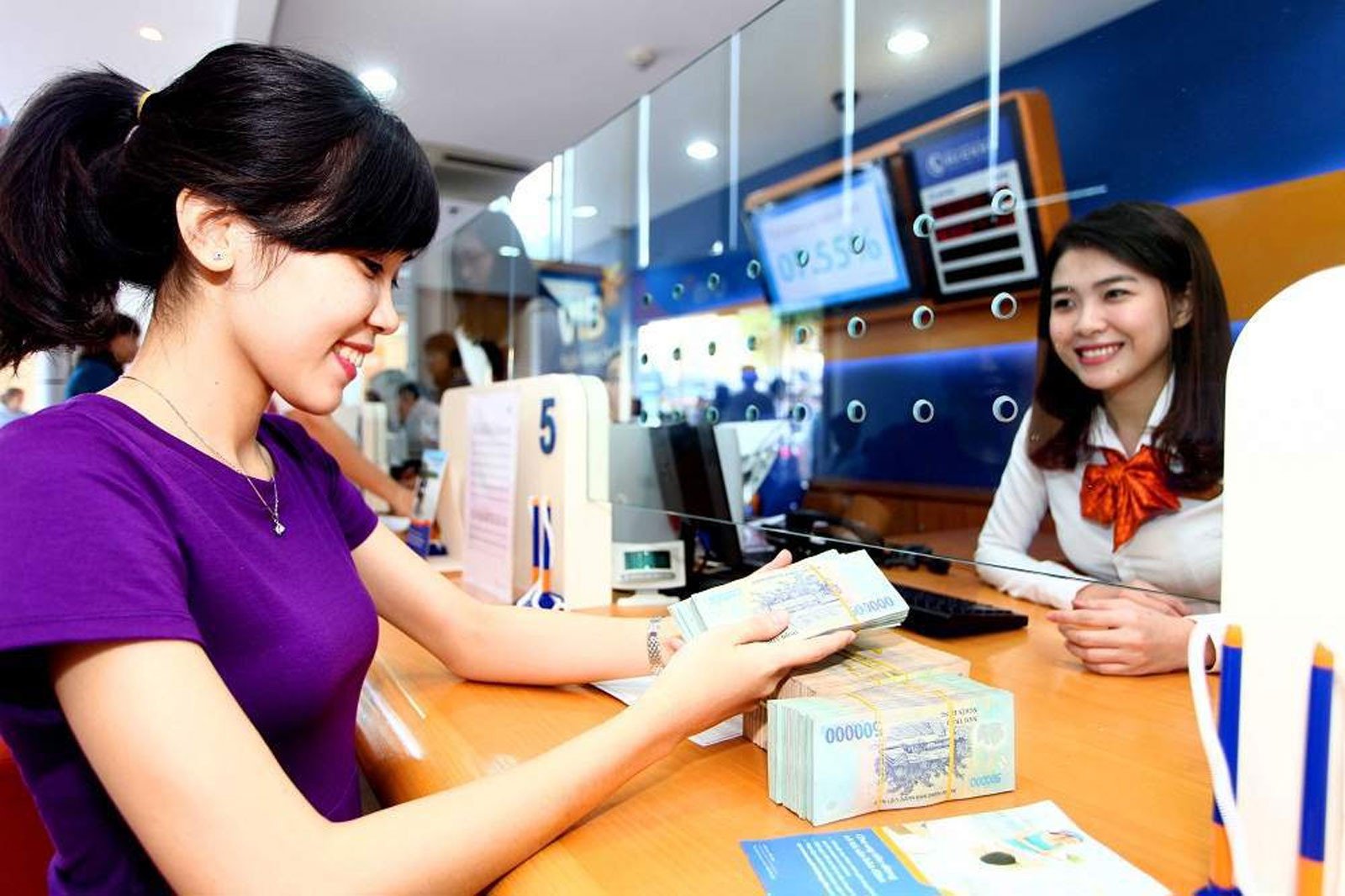
Regarding the decision to reduce interest rates for the fourth time by the State Bank of Vietnam, Mr. Bui Van Huy, Director of DSC Securities Corporation, Ho Chi Minh City branch, said that the interest rate reduction shows the close attention of the State. However, the effectiveness is not clear.
According to Mr. Huy, the three previous adjustments have not had much impact on the economy. Securities experts believe that the current monetary policy may be absorbed very slowly.
Looking to fiscal policy
Mr. Bui Van Huy shared that in macroeconomic theory, there is a concept called “liquidity trap”. This is a phenomenon in which monetary policy is loosened by reducing interest rates below a certain level, causing people to decide to keep assets in cash and monetary policy becomes powerless. At that time, regulating the economic cycle can only rely on fiscal policy.
A prominent example of the liquidity trap phenomenon is the US economy in the 1930s-1940s after the Great Depression or most recently, Japan's "Lost Decade" from the 1990s to after 2000. Specifically, in Japan, during the period that many people still call the Lost Decade, Japan lowered interest rates from 6% to nearly 0% but the economy was still in recession.
For Vietnam, Mr. Huy expressed the view that overcoming the disruption between markets and promoting fiscal policy (public investment) will have more impact than monetary policy at this time.
Previously, Ms. Tran Thi Khanh Hien, Director of Analysis Department of VNDirect Securities Company, also said that the best solution in this situation is probably to boost public investment, focusing on accelerating disbursement progress for some projects, such as the large-scale Long Thanh Airport project.
Despite the many difficulties, many organizations still assess Vietnam's medium and long-term prospects favorably. Experts from S&P Global Market Intelligence recently said that Vietnam is one of the fastest growing emerging markets in Asia in the next 5 years, thanks to many factors such as: strong foreign direct investment; strong spending on domestic infrastructure; benefits from the US-China trade war; trade agreements...
Mr. Nguyen Quang Thuan, Chairman of FiinGroup, said that Vietnam will find it difficult to achieve the growth target of 6.5% in 2023. The driving force for medium- and long-term development will still be maintained if key export markets do not decline, the macro balance continues to be ensured, the banking sector maintains stability, many industries recover after Covid and the effectiveness of support policies is promoted.
According to HSBC, Vietnam’s service sector will continue to be a bright spot in 2023. The number of inbound tourists is showing positive signs. Vietnam has welcomed nearly 1 million visitors in the past two months, equivalent to 70% of 2019 levels. South Korean tourists have recovered to 80% of pre-pandemic levels.
Meanwhile, the National Assembly is also considering the long-awaited easing of visa restrictions. With efforts to boost tourism, Vietnam is likely to see a stronger boost in the fourth quarter of 2023.
Besides the urgency in supporting growth, the new move of the State Bank of Vietnam shows that the central bank of Vietnam still maintains a positive attitude about the inflation outlook, once again affirming that "inflation is still under control".
Indeed, inflation has steadily eased, recently falling below 3% year-on-year, well below the SBV’s ceiling of 4.5%, thanks to supportive global energy prices and subdued domestic food inflation.
The 3% average retail electricity price hike in early May, which typically impacts inflation a month later, also poses a manageable risk of rising inflation. HSBC has cut its 2023 inflation forecast to 2.6% (from its previous forecast of 4%).
Another issue the SBV is considering is currency stability. Despite the recent strengthening of the USD, the VND has remained relatively stable thanks to an improved current account situation. While Vietnam has faced trade headwinds, imports have declined more than exports due to the import-oriented nature of its manufacturing sector.
Accordingly, the average monthly trade surplus in 2023 has doubled to 2 billion USD. However, the development of the USD-VND exchange rate pair still needs to be closely monitored because the US Federal Reserve (Fed) is likely to not complete its tightening cycle.
HSBC has slightly cut its 2023 growth forecast for Vietnam to 5% (from 5.2% in the previous forecast) after considering the prolonged and more widespread impact of the trade downturn than expected. HSBC expects Vietnam's economy to recover significantly from the fourth quarter of 2023, with more support from monetary policy.

Source


![[Photo series] Close-up of the bridge worth over 1.6 trillion VND and the road connecting Dong Nai with Ho Chi Minh City preparing to open to traffic](https://vphoto.vietnam.vn/thumb/1200x675/vietnam/resource/IMAGE/2025/7/30/e8806165b0a240c0b8f139f6f22f3a8a)

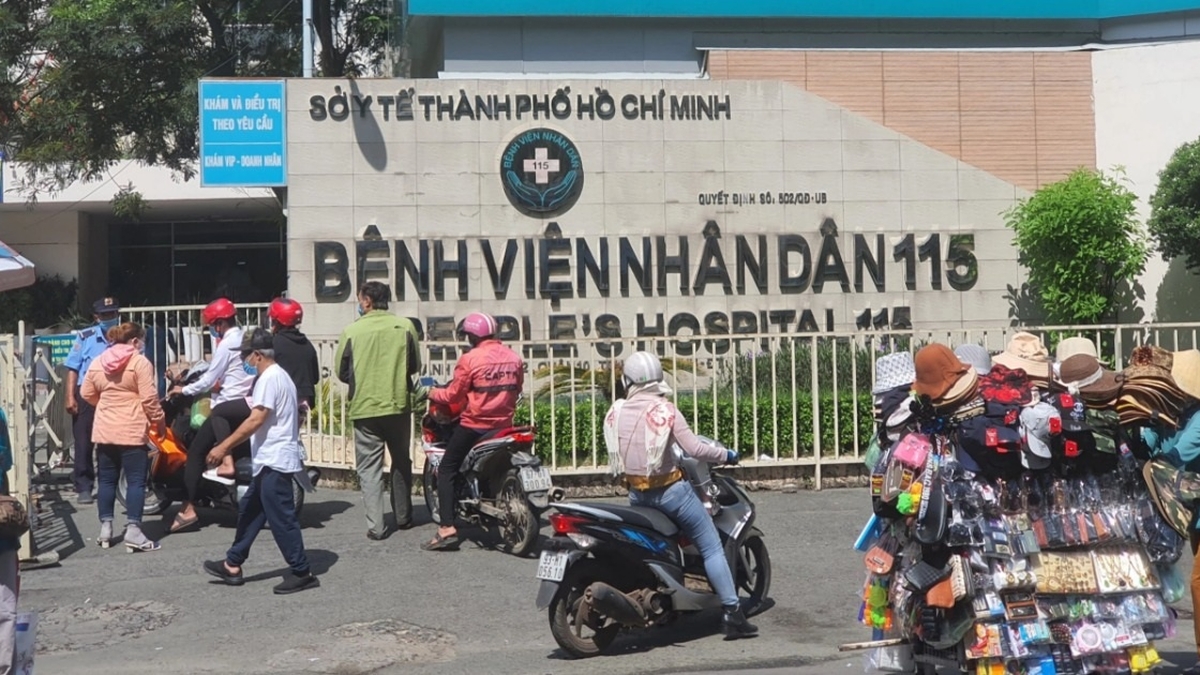





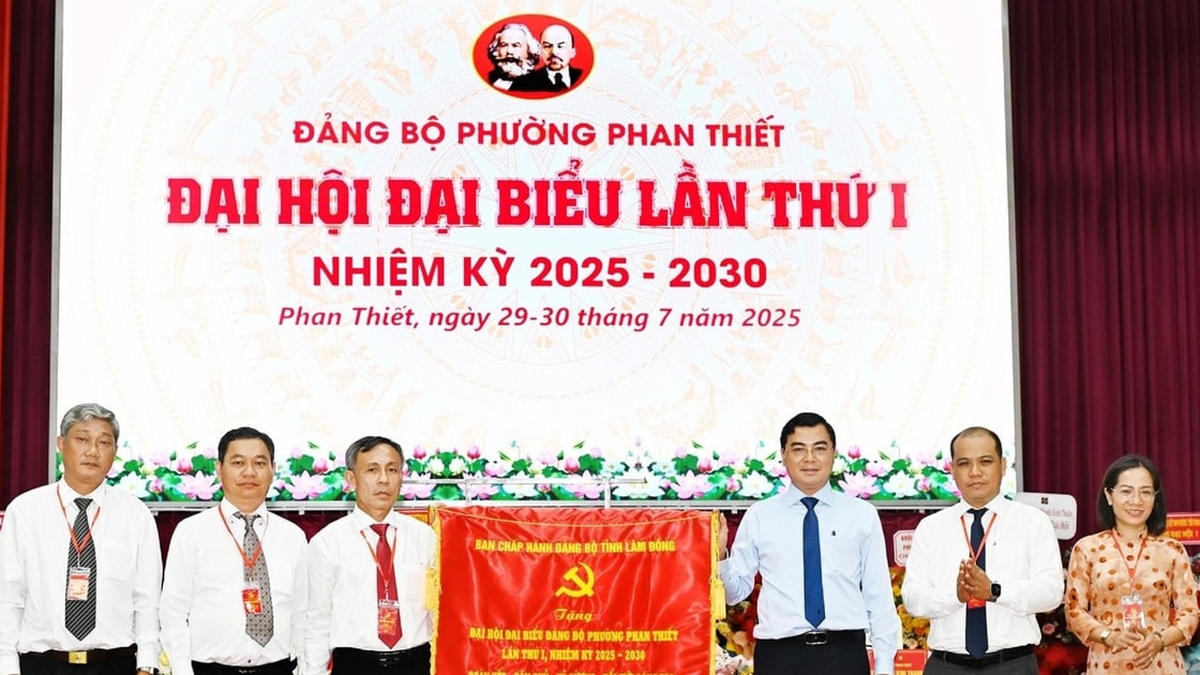














![[Photo] National Assembly Chairman attends the seminar "Building and operating an international financial center and recommendations for Vietnam"](https://vphoto.vietnam.vn/thumb/1200x675/vietnam/resource/IMAGE/2025/7/28/76393436936e457db31ec84433289f72)






























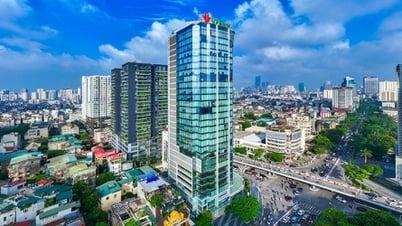










































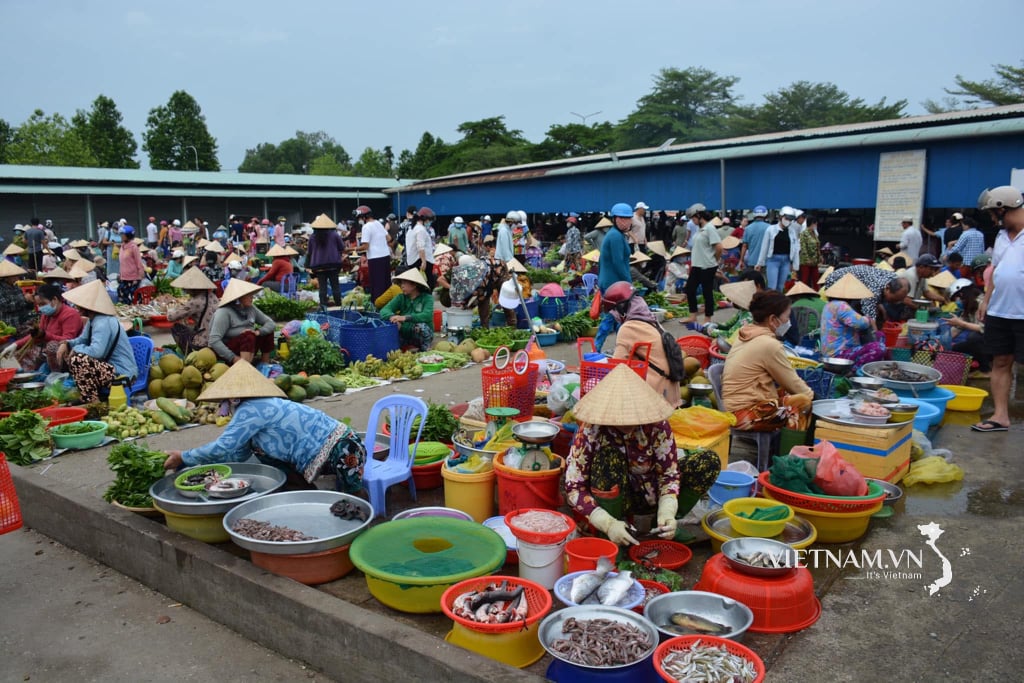
Comment (0)